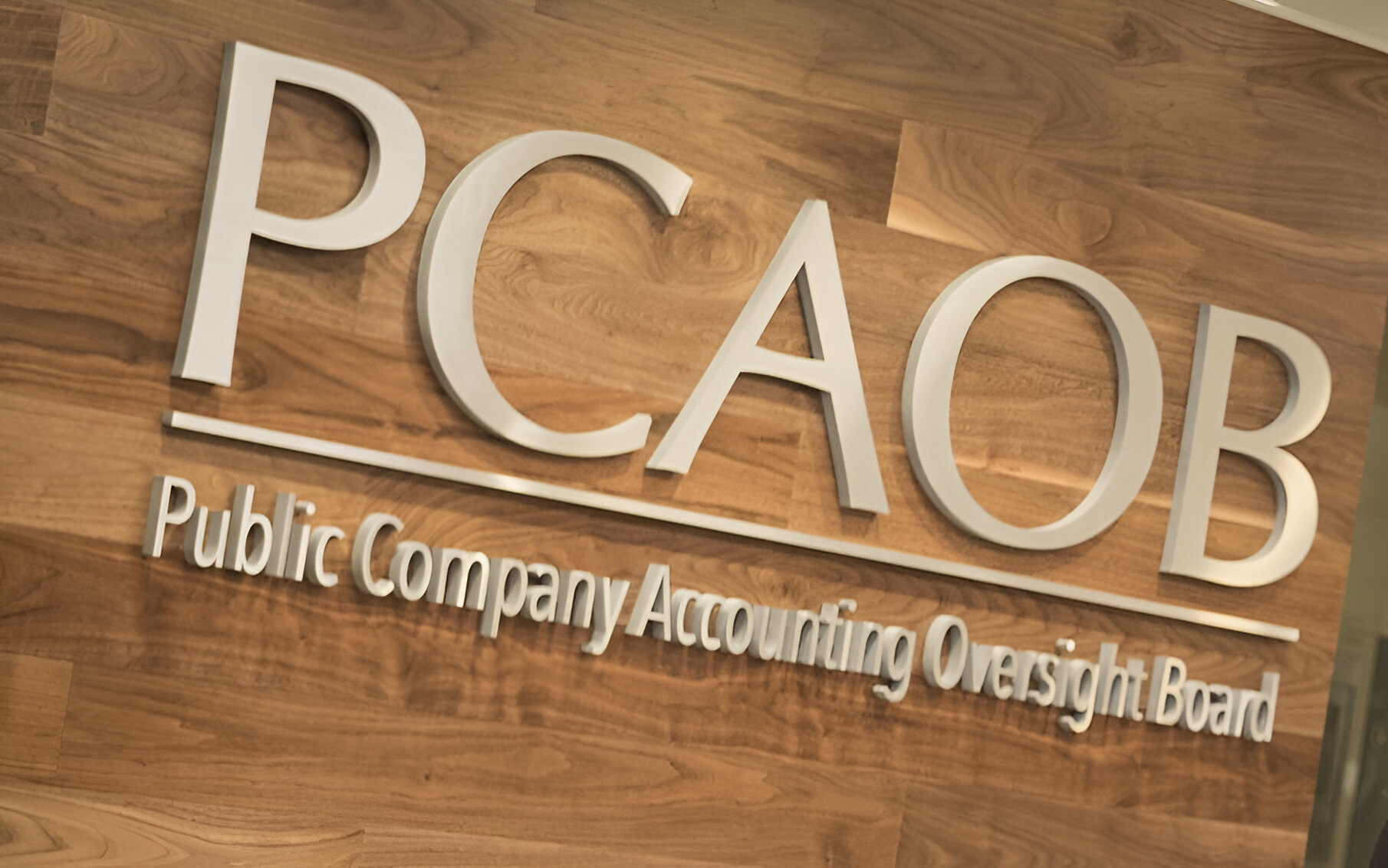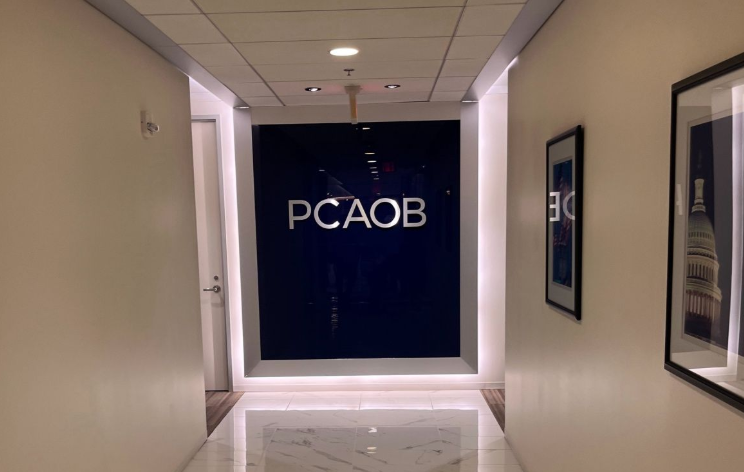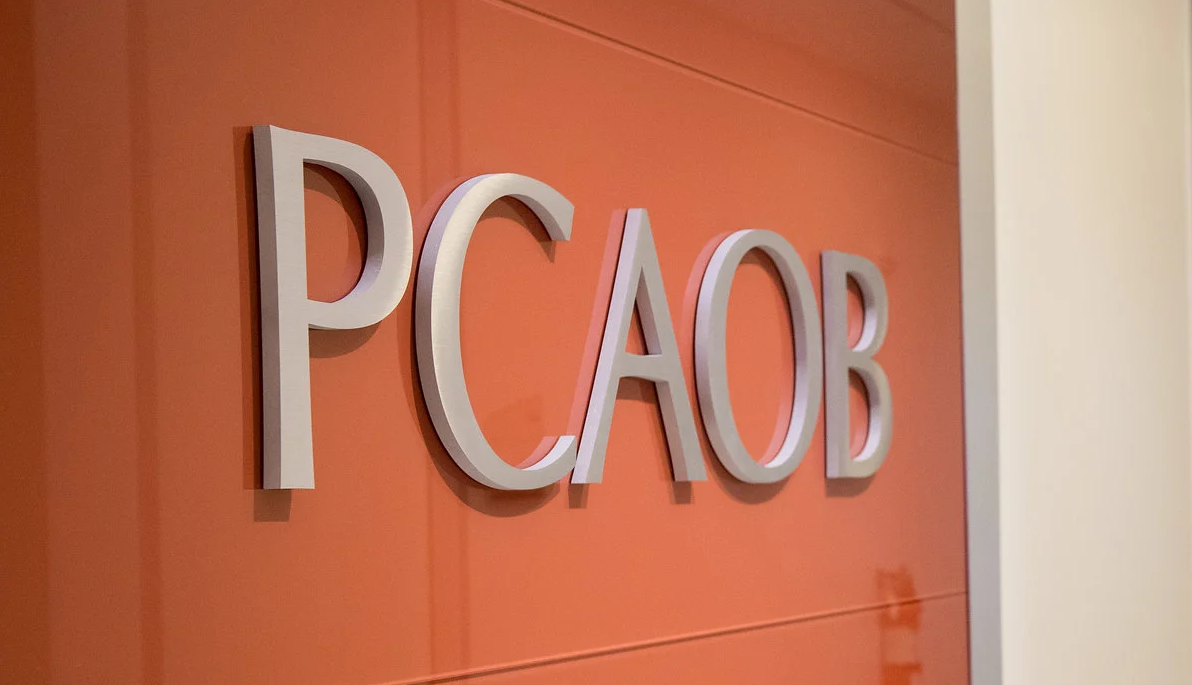Nearly half of businesses say their organization relies on manual processes—either spreadsheets, pen and paper, or homegrown systems—to manage the notoriously hard to control business operating cost of T&E. Even more (46%) say they do not track the cost to process expense reports, and “poor visibility into T&E data” is cited as the leading organizational pressure to improve T&E management in 2019.
That’s according to the seventh annual survey of travel and expense management trends from Certify, Inc., a provider of spend management software. The 2019 Travel and Expense Management Trends Report analyzes data drawn from nearly 600 CFOs, controllers, accountants and end-users from a broad range of industries. It is one of the largest surveys of its kind in the field.
“There is vast potential for organizations to update their T&E systems to maximize efficiency, gain tremendous visibility, and scale up productivity,” says Robert Neveu, CEO of Certify, Inc./Chrome River. “Our new report clearly demonstrates this reality—and reveals best practices and recommendations to help organizations transform this business process. Doing so will help them stay ahead of the competition in an increasingly uncertain, global economy.”
First launched in 2013, the annual Travel and Expense Management Trends Report has surveyed thousands of finance professionals about key T&E reporting pain points, goals for improvement, and the ROI on using dedicated expense management systems. The 2019 results are now available as a report and the data will be launched at the upcoming Certify Connect Conference on September 18, 2019, in San Diego.
2019 Survey Highlights
Organizations of all sizes are represented in this year’s report: 23% enterprise (more than 1,000 employees), 40% mid-market (101-999) and 37% small business (fewer than 100). Titles include managers, controllers and accountants (44%), those in director-level positions or above such as the CFO (37%) and other roles (19%). All respondents are outside of the Certify, Inc. customer base.
Technology immaturity is an inherent barrier to effective T&E management at many organizations.
- Nearly half of organizations (46%) do not track the cost to process expense reports.
- Forty-three percent (43%) of organizations are still managing expense reporting manually.
- Forty-four percent (44%) of organizations that are not intending to invest in a dedicated T&E management solution in the coming year identify the primary reason as: “our current processes work well enough.” Yet among organizations that have invested in, or are planning to invest in, technology to facilitate improved T&E management, 82% identified “simplifying the expense reporting process for employees and managers” as one of the main reasons for moving to an automated system.
- Poor visibility into T&E data is the leading organizational pressure to improve T&E management.
Many organizations do not understand the challenges they face in effective T&E management.
- Only 72% of organizations have a formal T&E policy in place. Of these, 58% report that their travelers’ understanding of their T&E policies is, at best, “decent—but in need of improvement.”
- Nearly half (46%) of organizations report less than a 75% rate of compliance with their T&E policy, while 26% of organizations with more than 1,000 employees report they do not know what percentage of submitted expenses are T&E policy compliant.
- Only 27% of organizations have a system that automatically flags out-of-policy expenses.
Thanks for reading CPA Practice Advisor!
Subscribe Already registered? Log In
Need more information? Read the FAQs




